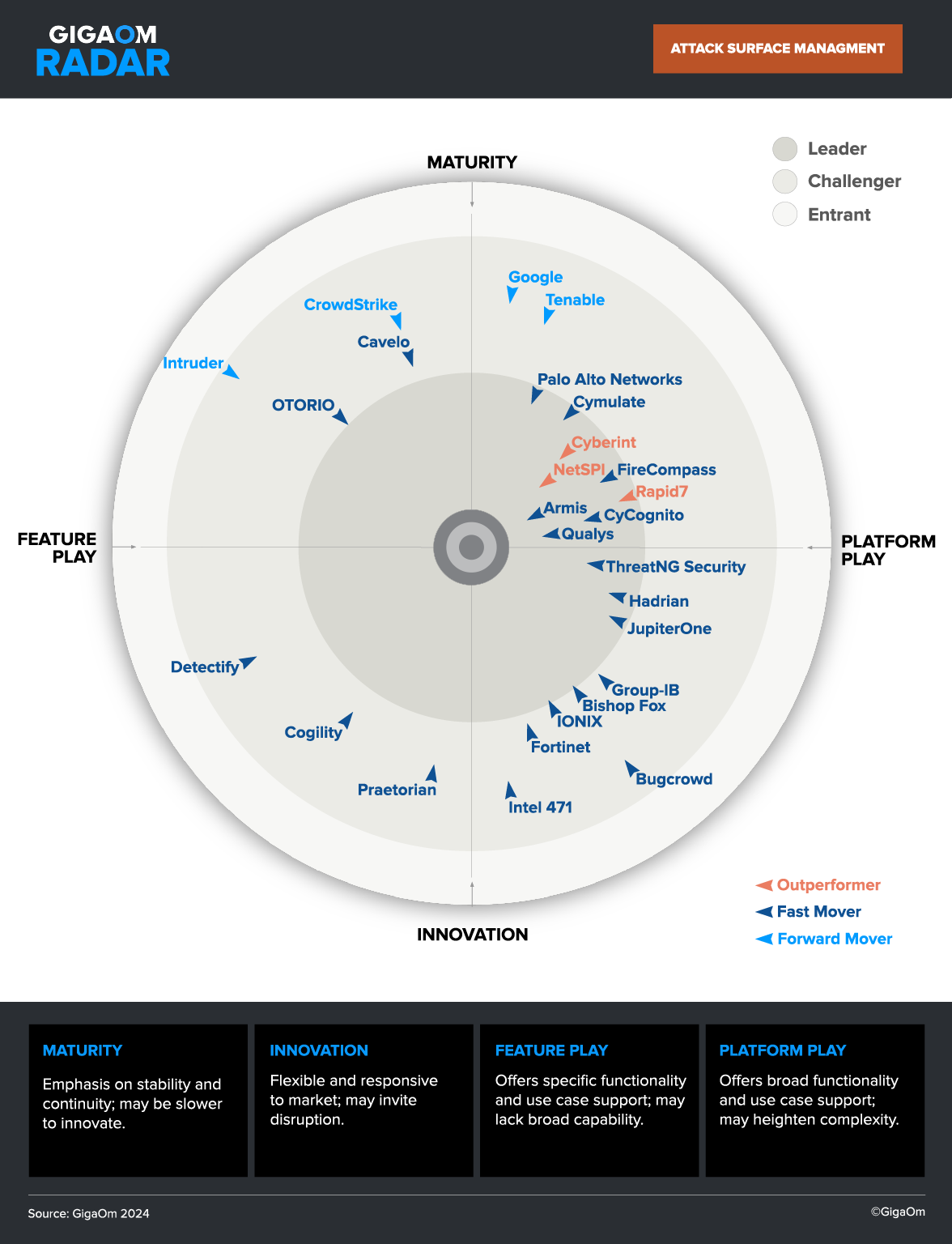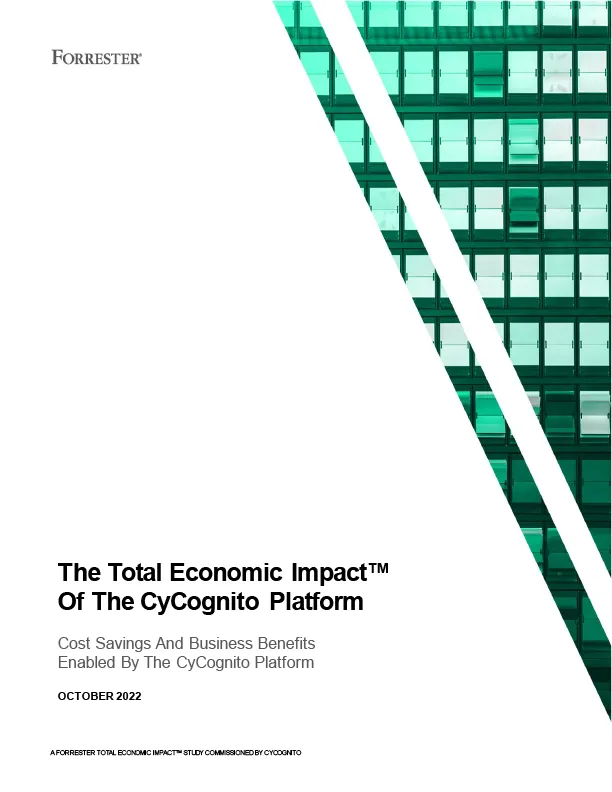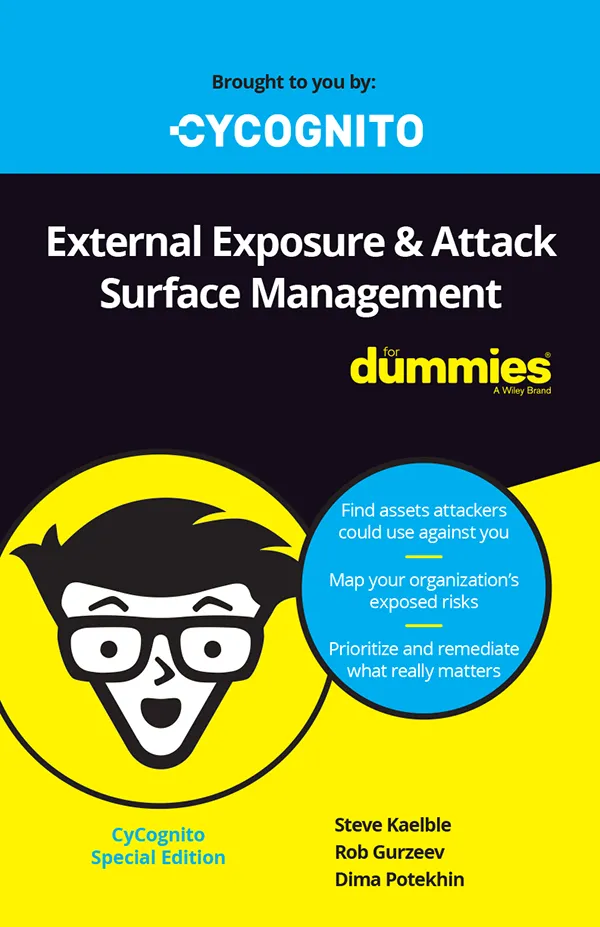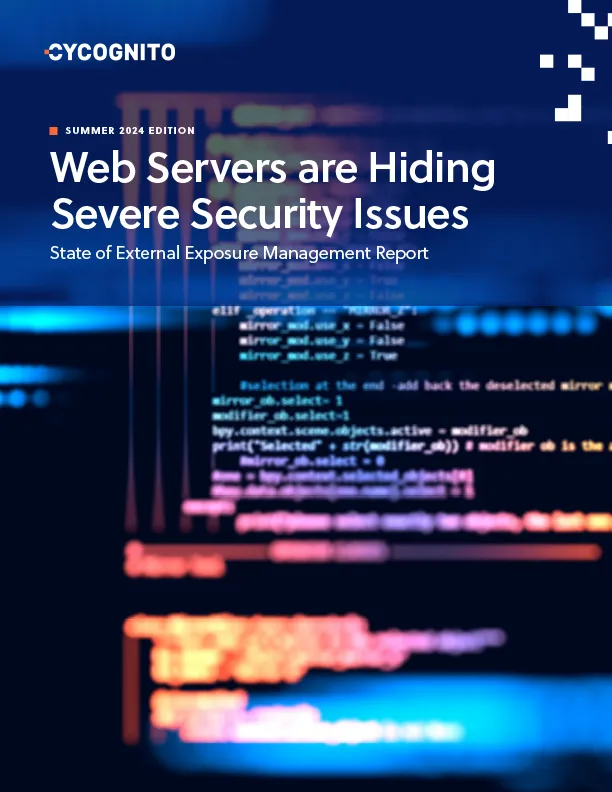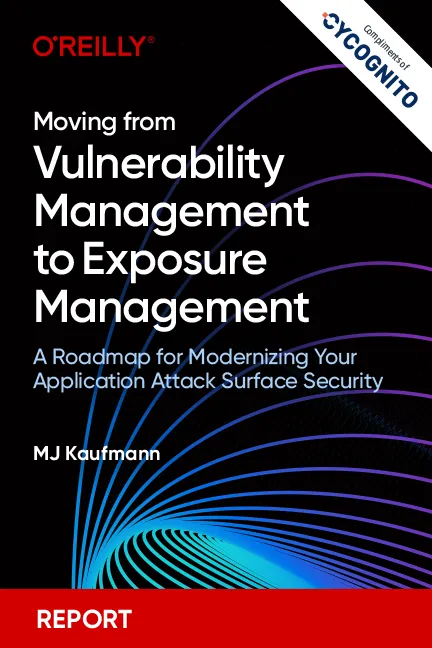
Sr. Technical Marketing Manager
June 25, 2025
In today’s cybersecurity environment, visibility and action are everything. CyCognito’s May updates help security teams move faster, simplify operations, and close critical gaps in protection. From streamlined Azure cloud connector setup to a new WAF protection dashboard, historical DNS tracking, smarter domain discovery, and AI-powered issue verification, these enhancements are built to support proactive exposure management. Discover how these new capabilities can help your team secure what matters most without added complexity.

Senior Product Manager
May 27, 2025
CyCognito’s new Cloudflare integration expands its Cloud Connector capabilities, giving organizations deeper visibility into their external-facing assets. By accessing DNS records managed in Cloudflare, the platform uncovers forgotten or unmanaged domains and IPs that could pose security risks. This automated sync feeds directly into CyCognito’s discovery and testing engine, helping security teams identify vulnerabilities and reduce blind spots. With a quick setup and continuous monitoring, it’s a powerful step toward stronger, more comprehensive attack surface management.

Product Marketing Manager
May 20, 2025
Cloud assets are increasingly vulnerable, now accounting for one-third of all easily exploitable security issues. Organizations using multi-cloud environments—especially outside the major providers—face significantly higher exposure to both critical and easily exploitable risks. To manage this growing threat, businesses need full visibility into their external attack surfaces and should adopt proactive, automated platforms like CyCognito to detect and remediate vulnerabilities quickly.

Sr. Technical Marketing Manager
May 19, 2025
Security teams are under constant pressure to find and fix vulnerabilities faster, but traditional approaches to security testing often create delays. In this blog, we explore why active security testing, despite its perception for being slow and resource intensive, is the key to achieving faster and more confident fixes. You will learn how accurate testing results drive smarter remediation decisions, how fully automated testing at scale overcomes common operational challenges, and why reducing your window of exposure requires moving beyond passive scanning. If your organization is struggling with long remediation cycles and hidden risks, this is the blueprint for accelerating your security outcomes.

Field CTO
May 12, 2025
External Attack Surface Management (EASM) promised to illuminate the unknown, but early tools barely scratched the surface, relying on what security teams already knew. Today’s attacker-centric EASM flips the script, discovering unknown assets, mapping them to the business, and validating real-world risk with zero input. The result isn’t just visibility—it’s proof of exposure, and a clear path to action.

Product Marketing Manager
April 28, 2025
On April 24, 2025, SAP disclosed CVE-2025-31324, a critical vulnerability (CVSS 10.0) in the Metadata Uploader of SAP NetWeaver Visual Composer 7.50, which is actively exploited. SAP released a patch, with details limited to customers, alongside other mitigation options. CyCognito has deployed detection tests and provides customers with asset lists to assess and validate remediation efforts.

Sr. Technical Marketing Manager
April 24, 2025
Cloud-Native Application Protection Platforms (CNAPPs) offer robust internal visibility, but they often fall short in identifying externally exposed assets and real-world vulnerabilities. This blog explores how CyCognito fills these critical gaps by bringing blackbox asset discovery and dynamic application security testing (DAST) to CNAPP workflows, in partnership with Wiz. Through seedless discovery and over 80,000 active security tests, CyCognito helps uncover hidden risks that internal tools miss, enabling DevSecOps teams to prioritize issues based on actual exploitability. The integration provides seamless data flow between platforms, delivering enriched context and actionable insights that significantly enhance cloud security posture.

Product Marketing Manager
April 7, 2025
CVE-2025-22457 is a critical buffer overflow vulnerability (CVSS 9.0) in Ivanti Connect Secure, Policy Secure, and ZTA Gateways, enabling unauthenticated remote code execution via a crafted X-Forwarded-For header. It has been actively exploited by espionage group UNC5221 and is listed in CISA’s KEV catalog. Patches are available for most affected products, but legacy Pulse Connect Secure devices require migration, and customers are advised to monitor for signs of compromise.

Product Marketing Manager
March 27, 2025
CVE-2025-29927 is a critical authorization vulnerability (CVSS 9.1) in self-hosted Next.js applications using middleware, allowing attackers to bypass security checks with a crafted x-middleware-subrequest header. It affects versions 11.1.5 to 15.2.2, with patches available in newer releases. While there are no active exploits reported as of March 27, 2025, CyCognito has issued guidance to help organizations assess and mitigate exposure.

Product Manager at CyCognito
March 3, 2025
Managing cybersecurity with constantly changing IP addresses can feel like chasing a moving target. Dynamic IPs, such as from content delivery networks and load balancers, create security blind spots and reduce asset visibility. Without appropriate context and history, security teams waste time on noise while real threats go unnoticed. This blog explores the challenges of dynamic IPs and how CyCognito helps organizations cut through the clutter for clear, actionable security insights.

